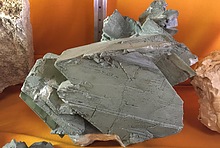Focus-Stacking in the Camera using a Macro-Lens
Last Updated: 11th Dec 2017By Volker Betz
Recently in Mindat the micromount supremacy in the POTD section was discussed. Not only, but one of the reasons is the fact that micromount pictures, in most cases, are made with stacking techniqe and proper eqipment from skilled photographers. The used method is mostly rail-stacking. In the close up range where pictures a not so often selected as POTD, minerals are often photographed with single shot and snapshot technique. As a result the pictures of miniatures are often lacking of quality in several aspects, mainly DOF and resolution. The use of a macro-lens, a camera stand and focus stacking can significant improve the picture quality. An with focus stacking in the camera the equipment is now less expensive and more easy to use.
Since about 2016 some camera companies introduced functions named post focus into their camera software. To my knowledge is this the case for some Olympus and Panasonic Micro 4/3 cameras. I was interested to explore the capabilities of this function for minerals in the macro range. So I bought a Panasonic DMC GX80 with a Lumix G Macro 1:2.8/ 30 mm which can go to the 1:1 Macro-Scale which means a field of view of 17 mm.
The software of the camera provides many new function which can be used for still photo and video of minerals in the close up range. Most mentioned is post focus, which ist based on the use of 4K videos with ~30 Pictures per sec and is most suitable for outdoor nature photography. The stack of 4 K-pictures can be combined within the camera to one picture. Full format focus bracketing produces a stack on the camera memory and must combined on the computer with a stack software like Helicon Focus or Zerene Stacker. Mineral photography which is mostly done indoor, benefits from the full format focus bracketing function and the possibility of using the electronic curtain, which is completely silent and without any mechanical movements in the camera. Focus bracketing in the full 16 Mpixel sensor format also can combined with a 2x and 4x digtal zoom which further reduces the field of view down to about 4-5 mm.
As I was interested to explore this low end of focus stacking with the camera , I made a few test pictures with a setup shown below. One of the disadvantages of the 30 mm macro lens is the relativley short working distance of about 30 mm from the front lens in the 1:1 range. Using a 45 mm Leica lens the working distance doubles the working distance but also the price for the lens.

It should be mentioned that the use of the camera and their functions needs some time to get familiar with the enormous amount of different functions. But once the camera is set up to the desired focus bracketing functions the work-flow is easy.
,
Taking the picture is quite easy. The focus is manually set to the nearest point, the trigger is pressed and after a second the stack begins. If the layers of interest are photographed, the process can stopped. Then the camera is connected via USB to the computer and acts the as a USB-Hard disk. The stack ist checked, selected and direct transferred to the stacking software. The stacking time is very dependent from the computer power. The stacked picture is then saved on the computer and can further optimized.
Results:
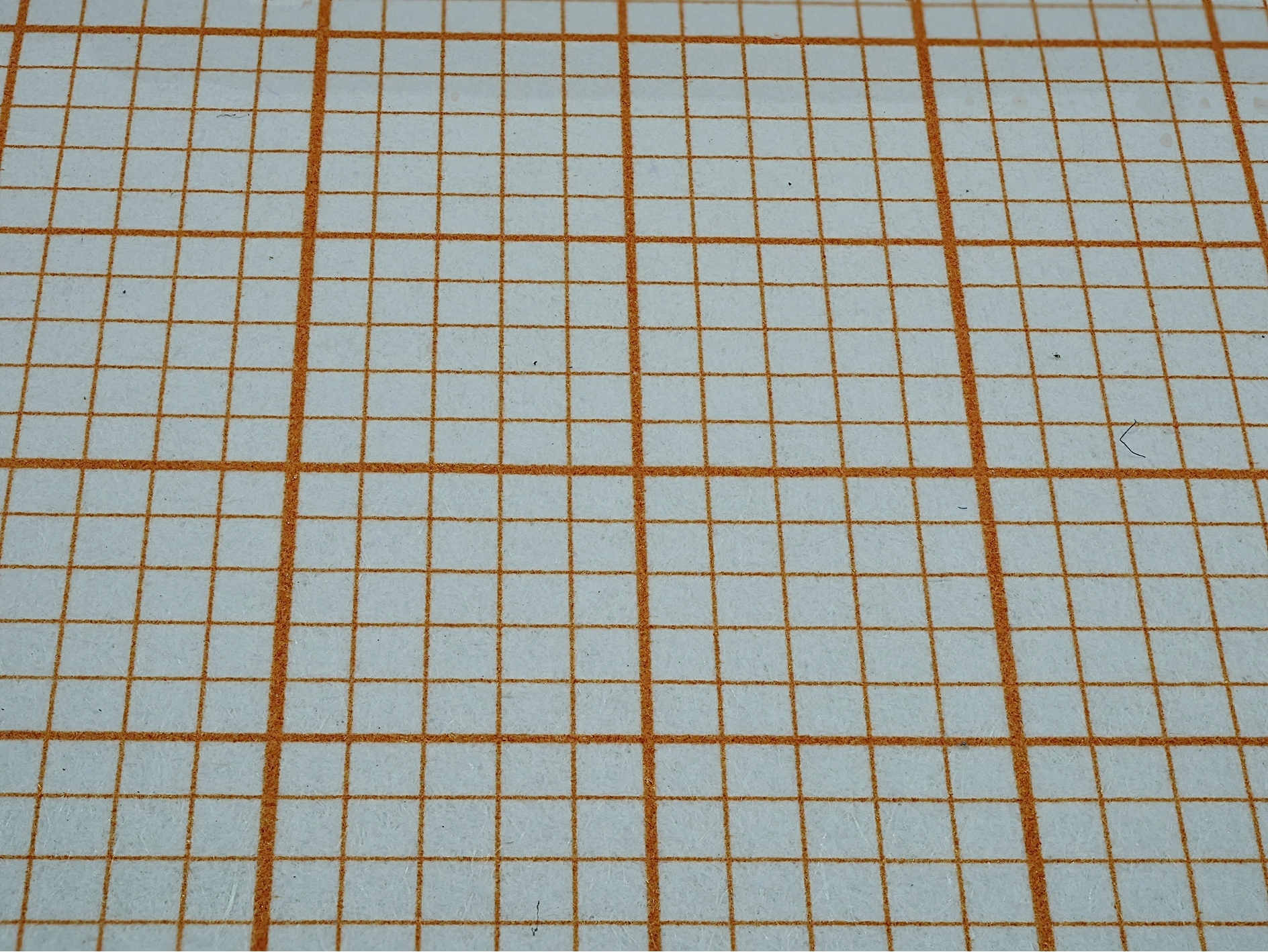
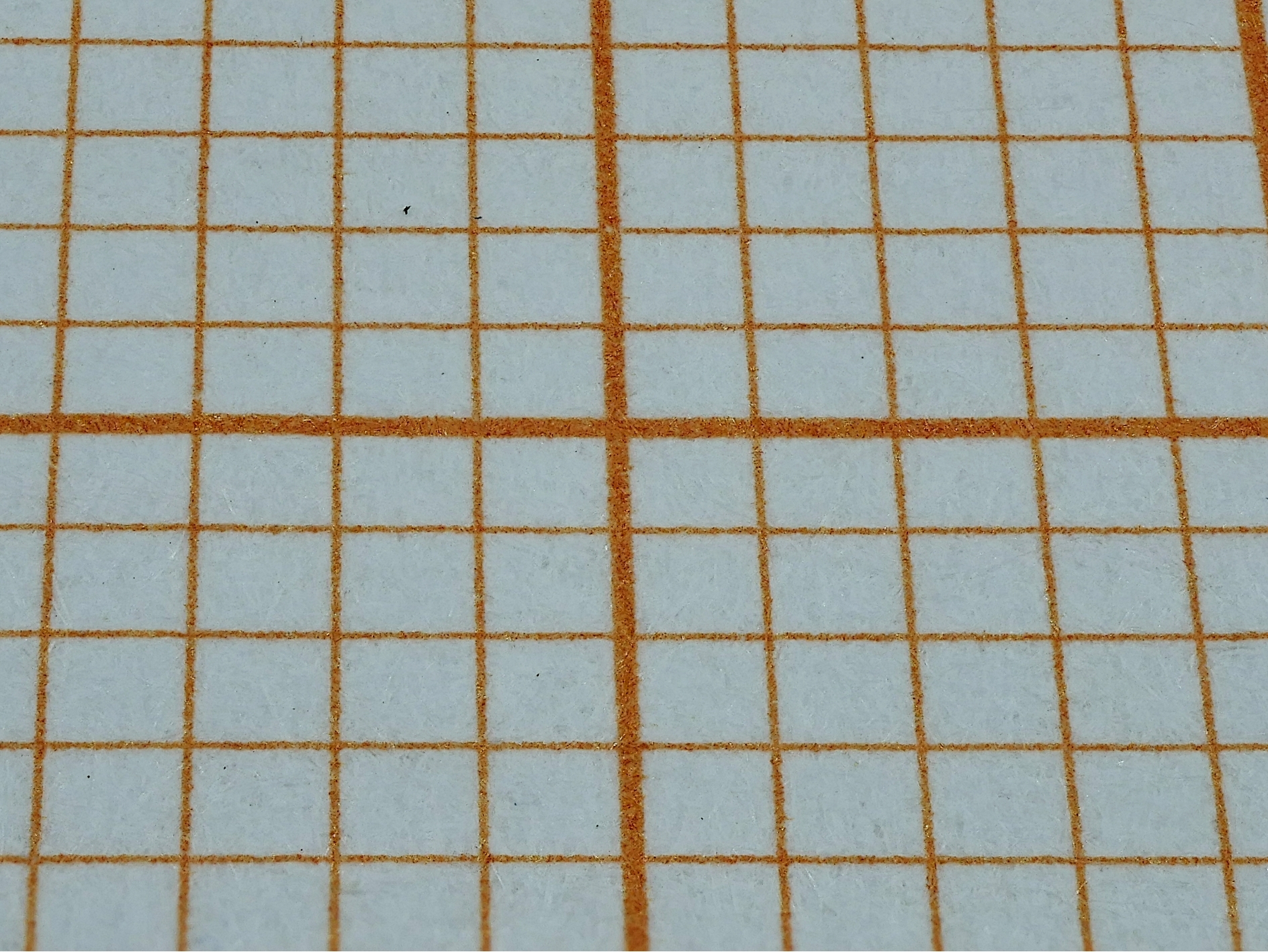

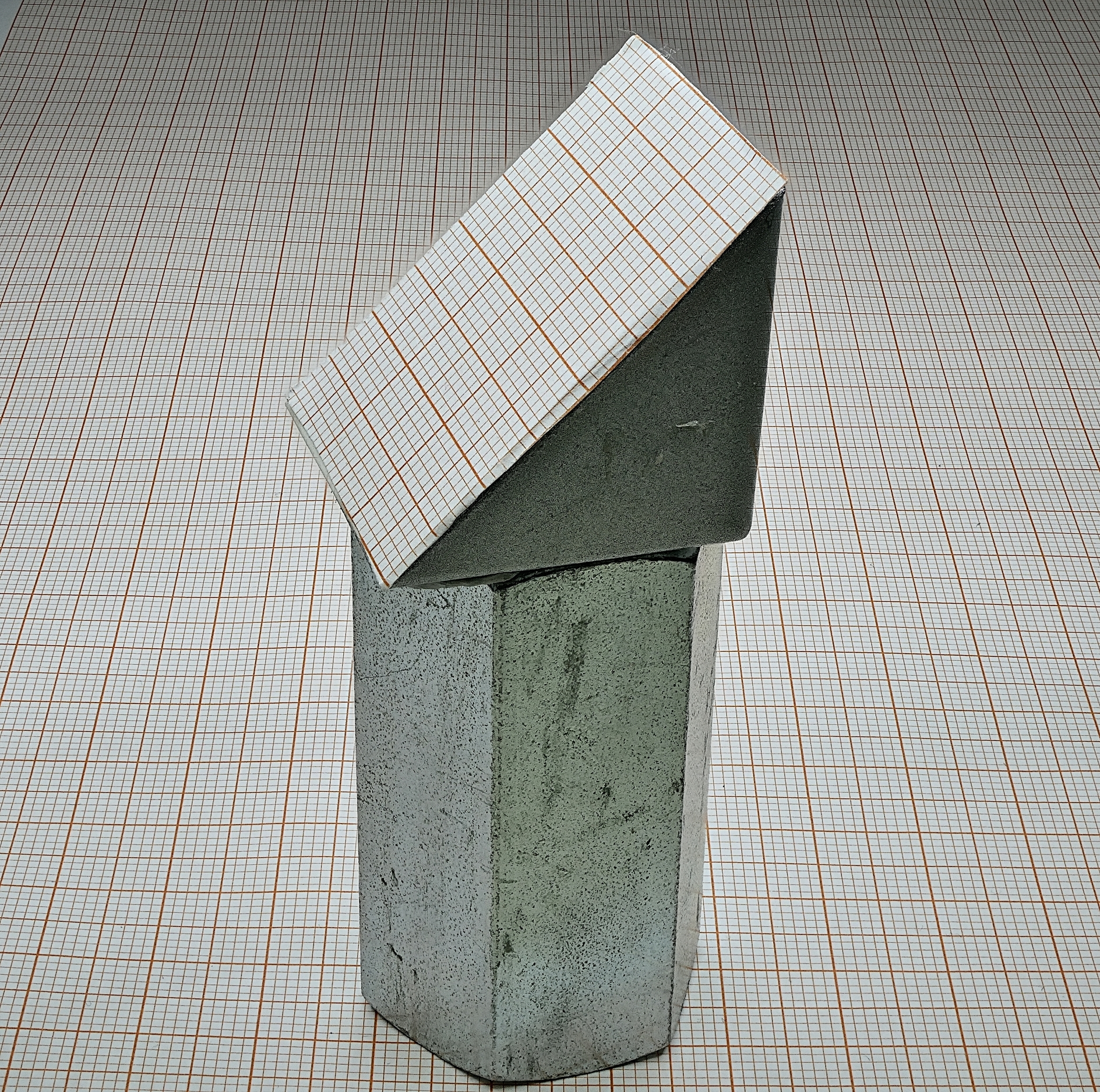
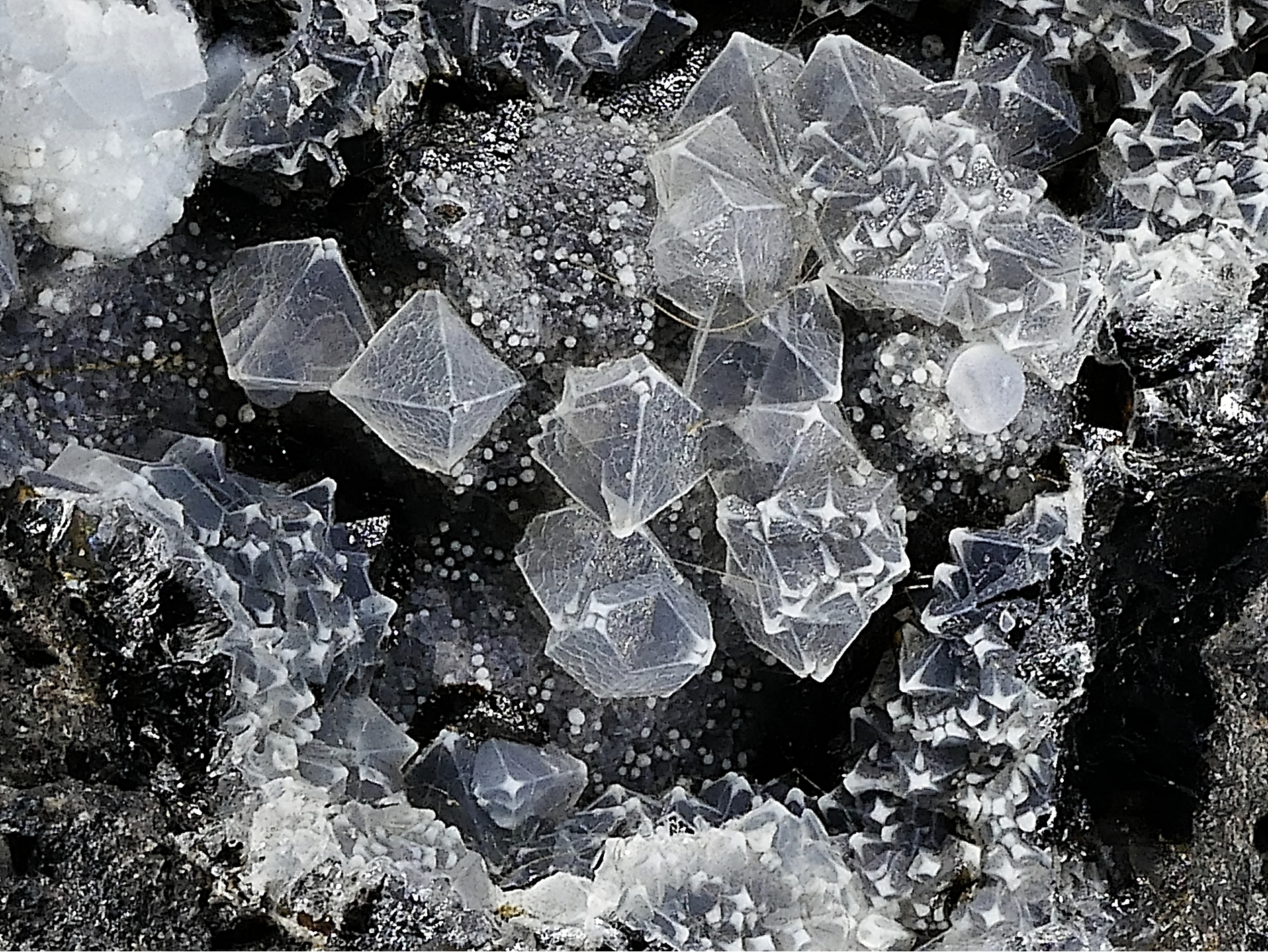

Conclusion:
Focus stacking with the camera is a useful tool for mineral photography and can made with camera and lens only. Specimen photography in the TN to cabinet range can be extremely improved in terms of DOF and resolution if focus stacking would be applied instead of hand held snapshots. Digital zoom can extend the enlargment to 4 x with results good enough for any digtal application and does not need extra equipment like bellows and special lenses. Of course proper light and camera stand is essential.
Since about 2016 some camera companies introduced functions named post focus into their camera software. To my knowledge is this the case for some Olympus and Panasonic Micro 4/3 cameras. I was interested to explore the capabilities of this function for minerals in the macro range. So I bought a Panasonic DMC GX80 with a Lumix G Macro 1:2.8/ 30 mm which can go to the 1:1 Macro-Scale which means a field of view of 17 mm.
The software of the camera provides many new function which can be used for still photo and video of minerals in the close up range. Most mentioned is post focus, which ist based on the use of 4K videos with ~30 Pictures per sec and is most suitable for outdoor nature photography. The stack of 4 K-pictures can be combined within the camera to one picture. Full format focus bracketing produces a stack on the camera memory and must combined on the computer with a stack software like Helicon Focus or Zerene Stacker. Mineral photography which is mostly done indoor, benefits from the full format focus bracketing function and the possibility of using the electronic curtain, which is completely silent and without any mechanical movements in the camera. Focus bracketing in the full 16 Mpixel sensor format also can combined with a 2x and 4x digtal zoom which further reduces the field of view down to about 4-5 mm.
As I was interested to explore this low end of focus stacking with the camera , I made a few test pictures with a setup shown below. One of the disadvantages of the 30 mm macro lens is the relativley short working distance of about 30 mm from the front lens in the 1:1 range. Using a 45 mm Leica lens the working distance doubles the working distance but also the price for the lens.

Picture 1. Setup for vertical view with Panasonic DMC GX80 with a Lumix G Macro 1:2.8/ 30 mm, stand (home made), Proxxon x,y-stage and darkfield-ringlight LED ~5500 K.
It should be mentioned that the use of the camera and their functions needs some time to get familiar with the enormous amount of different functions. But once the camera is set up to the desired focus bracketing functions the work-flow is easy.
|
Taking the picture is quite easy. The focus is manually set to the nearest point, the trigger is pressed and after a second the stack begins. If the layers of interest are photographed, the process can stopped. Then the camera is connected via USB to the computer and acts the as a USB-Hard disk. The stack ist checked, selected and direct transferred to the stacking software. The stacking time is very dependent from the computer power. The stacked picture is then saved on the computer and can further optimized.
Results:

Picture 2. No Digital Zoom. Millimeter paper in 45°-View. Front FOV ist ~16 mm. Back FOV is ~21 mm. DOF is extended to ~15 mm.

Picture 3. Digital Zoom 2x. Millimeter paper in 45°-View. Front FOV ist ~8 mm. Back FOV is ~10 mm DOF is extended to ~6.8 mm.

Picture 4. Digital Zoom 4x. Millimeter paper in 45°-View. Front FOV ist ~4.2 mm. Back FOV is ~4.6 mm DOF is extended to ~3.4 mm.

Picture 5. Test Object for 45 ° View of millimeter paper. 8 cm high. Millimeter paper as background.Front FOV ist ~90 mm. Back FOV is ~170 mm DOF is extended to ~250 mm.

Picture 6. Digital zoom 4x. Faujasite from Quarry I Limberg near Sasbach,Kaiserstuhl Baden. FOV 6 mm.

Picture 6. No digital zoom . Stilbite and epidote on quartz, from Strzegom, Strzegom-Sobótka Massif, Lower Silesia, Poland. Millimeter paper as background. Front FOV ist ~71 mm. Back FOV is ~82 mm DOF is extended to ~68 mm.
Conclusion:
Focus stacking with the camera is a useful tool for mineral photography and can made with camera and lens only. Specimen photography in the TN to cabinet range can be extremely improved in terms of DOF and resolution if focus stacking would be applied instead of hand held snapshots. Digital zoom can extend the enlargment to 4 x with results good enough for any digtal application and does not need extra equipment like bellows and special lenses. Of course proper light and camera stand is essential.
Article has been viewed at least 5136 times.










